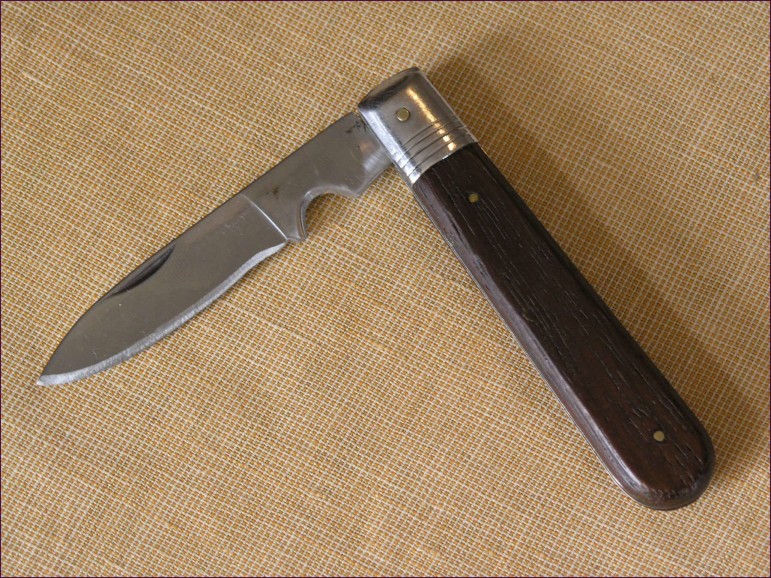
Matěj Baťha
When Commissioner Bill Bratton appeared before the City Council’s public safety committee this afternoon for the NYPDS’s annual preliminary budget hearing, he was asked about the rash of stabbing incidents in the city. The number of knife attacks is up by 20 percent so far this year according to Bloomberg News; the number of shooting incidents is down 12 percent, according to the latest NYPD crime statistics
Bratton said the PD has “several initiatives focused on that and in coming days we’ll announce others.”
Stabbing, of course, has always been part of the New York City murder story. In 2012, the last time the NYPD issued its statistical brief “Murder in New York City,” the department reported that 21 percent of murder victims had been stabbed compared with 57 percent who were shot. The 2011 numbers were broadly similar. Compared to national statistics reported by the FBI, New York City murder victims are slightly more likely to be stabbed than their counterparts elsewhere in the county: Stabbing deaths made up only 13.1 of homicides in 2014, the last year for which figures are available
One macabre feature of fatal knife violence in the city is that its victimology is marked by a stark gender disparity. According to that 2012 NYPD report, 34 percent of female murder victims were stabbed and 27 percent killed by a firearm. For men, 64 were shot and 18 percent killed with a knife. Keep in mind that only one in six murder victims (and just one in 15 murder suspects) in 2012 was a woman.
An overlooked reality of stop-and-frisk was that while it was debated as a gun interdiction program, it was in reality a knife recovery program. According to an analysis of NYPD data by researchers at John Jay, from 2003 through 2012, stop and frisk collected nearly 47,000 knives compared with just 7,381 guns. That’s not an argument for bringing back the broad application of stop and frisk, which was ruled to have been implemented unconstitutionally, it’s just an indication of a threat that’s always been out there.
It’s cold comfort to those most at risk of being hurt by a knife-wielding criminal, but research appears to indicate that people who are stabbed have a better chance of surviving than people who are shot. A study of emergency room cases in Philadelphia from 2003 through 2007 found that one third of people with gun-shot wounds died compared to 7.7 percent of people who had been stabbed. A much earlier study, covering 12 years ending in March 1984, found that even people who had been stabbed in the heart had a death rate only half as high as people who’d been shot there.









2 thoughts on “Some Facts for Understanding New York City’s ‘Stabbing Spree’”
Though they are crimes these attacks on random people with no obvious motive appear to be someting like the “knockout game”. Wannabe thugs displaying their “talents” to prove they are tough or suitable “prospects” for their local gang. As long it is perfectly “safe” for them the attacks will continue. de Blasio is just blowing hot air associating it with getting guns off the street, he isn’t, can’t and won’t by pandering and being politically correct.
True, also remember that stop-and-frisk also took thousands of knives off the street.